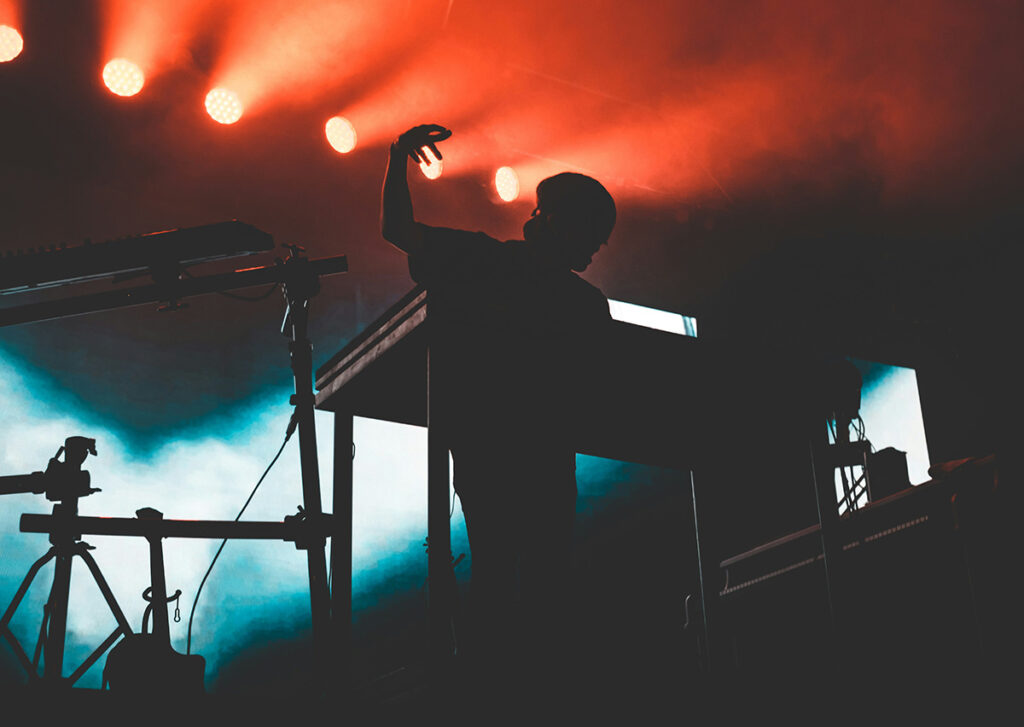How to Master the Art of Live DJing and Stage Presence

How to Master the Art of Live DJing and Stage Presence is a question every DJ must ask themselves. Live DJing is more than just mixing tracks; it’s about creating an atmosphere, connecting with your audience, and delivering an unforgettable performance. Learning how to master the art of live DJing and stage presence is crucial for any DJ who wants to stand out and create lasting impressions. Whether you’re performing at a small club or a massive festival, mastering live DJing and stage presence is essential to success. What is Live DJing? How to master the art of live DJing and stage presence involves more than just playing tracks—it’s about curating an experience. As a DJ, you control the flow of music, interact with the crowd, and set the tone for the night. Unlike pre-recorded sets, live DJing is a dynamic process where your ability to read the crowd and adapt on the fly is crucial. It’s a blend of musical knowledge, technical expertise, and performance. Whether you’re mixing genres, creating mashups, or scratching vinyl, the goal is to deliver a seamless and energetic performance that connects with the audience. To truly master the art of live DJing and stage presence, you must develop your skills in reading the crowd, selecting the right tracks, and enhancing your stage presence. How to Master the Art of Live DJing and Stage Presence: Key Skills Every DJ Must Master 1. Understanding Your Equipment A DJ is only as good as the gear they use, and mastering your equipment is the first step to becoming a great live DJ. Here are the key components of your DJ setup that you need to master to perfect live DJing and stage presence: 2. Beatmatching and Mixing How to master the art of live DJing and stage presence starts with perfecting your beatmatching and mixing skills. Beatmatching is the art of aligning the tempos of two tracks to ensure a smooth transition between them. Here’s how you can master beatmatching: For more on beatmatching techniques, check out Digital DJ Tips’ guide to beatmatching. 3. Building a Set That Engages the Crowd When you step onto the stage, your job is to keep the crowd engaged. This means selecting tracks that flow well together, building energy, and knowing when to bring it down for a breather. Here’s how to build a set that will engage the crowd: If you’re looking for professional tracks to feature in your live DJ set, explore the exclusive selection at The Ghost Production. 4. Reading the Crowd One of the most essential skills in live DJing is being able to read the crowd. Knowing when to change the tempo, drop a new track, or build the energy is key to maintaining the crowd’s attention. Here’s how to improve your crowd-reading skills: 5. Stage Presence: Commanding the Room Stage presence is about more than just looking cool behind the decks—it’s about being an entertainer. Your energy, body language, and interaction with the crowd are all part of what makes your performance memorable. Here’s how to build your stage presence: 6. Handling Mistakes and Technical Issues In live DJing, mistakes are inevitable. Whether it’s a track skipping, a delay in transitioning, or an unexpected technical glitch, it’s how you handle these issues that separates the pros from the amateurs. 7. Live DJing and Social Media Engagement Social media has become an essential part of a DJ’s brand. Use platforms like Instagram, TikTok, and YouTube to connect with your fans and promote your live sets. For tips on growing your DJ brand through social media, check out this helpful guide on social media strategies for DJs.

